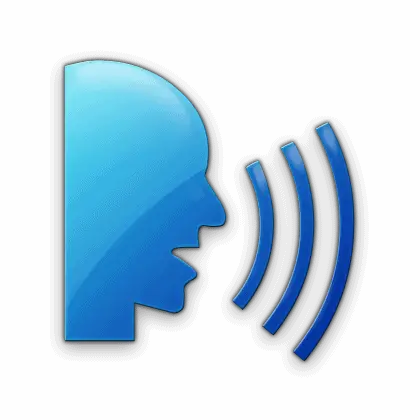1. Watch out for the word ‘not’ in a paragraph/sentence. If you ‘zoom in’ (skim or scan) to one phrase and think that that is the answer without intensively reading the whole sentence or paragraph then you may well get completely the wrong answer!
2. Do not read the entire article. This is not an efficient use of your time. Follow the procedure given in this video/article here which shows how to skim, scan and read intensively for maximum results.
3. You must use correct spellings at all times or you won’t get the mark! Just one missing ‘s’ or an ‘ie’ the wrong way around drops you important marks.
4. Underline answers to questions as you go along. This makes it a lot easier to go back and check your answers at then end, if you do not then it is very time consuming to do so.
5. Be sure to follow the instructions carefully, if it say write three words or less, then write three words or less, not four or five, you will not get the marks!
6. Underline key words in the questions and think synonyms. IELTS love to test your range of vocabulary so they use different words/phrases from the questions in the article. Once you know this you can look out for this and sometimes guess the meanings of new words and phrases with this knowledge.
7. Don’t panic if you do not know a word or phrase. Use the text around it to guess what that word or phrase means, also look at what type of word it is, is it a verb, noun or adjective. These all help. If you are still unsure then focus on the overall gist ‘meaning of the paragraph, this will often be enough to work out the answer to the question.
8. Use topic sentences, that is the first sentence of each paragraph to quickly navigate around a text and find out where you need to read intensively to get the correct answer.
9. Transfer answers as you go. The one hour you have includes the time you have to transfer your answers onto the answer sheet – be very careful when doing this not to rush and make a mistake doing this. I recommend you therefore do this after each question to prevent a rush at the end!
10. Matching words does not work! If you find a word in the question that is also in the text then that is almost certainly not the correct answer, that would be too easy! Examiners like to test your range of vocabulary, so finding synonyms in the text that match words in the question is much more likely to help.
11. Question answers are normally chronological. This means that the answer to number 2 will be somewhere in the text after the answer to number 1 and the answer to number 3 will be in the text after the answer to number 2. This can be veyr helpful if you have most of the answers but are struggling to find the last one or two.
12. Check you answers at the end. Once you have completed the questions as best as you can, review them, because you’re likely to have built up a greater understanding of the text as you have worked through the questions. This means questions that may have seemed right at the beginning, you may now realise are not!






2 Comments
Mini
August 22, 2018Wow ! I never knew how to improve so much before. I have hope for IELTS at last 🙂
Farhana Aktar
November 9, 2017sentence structure in Reading is tough to me. I can’t understand the whole concept or meaning in a sentence